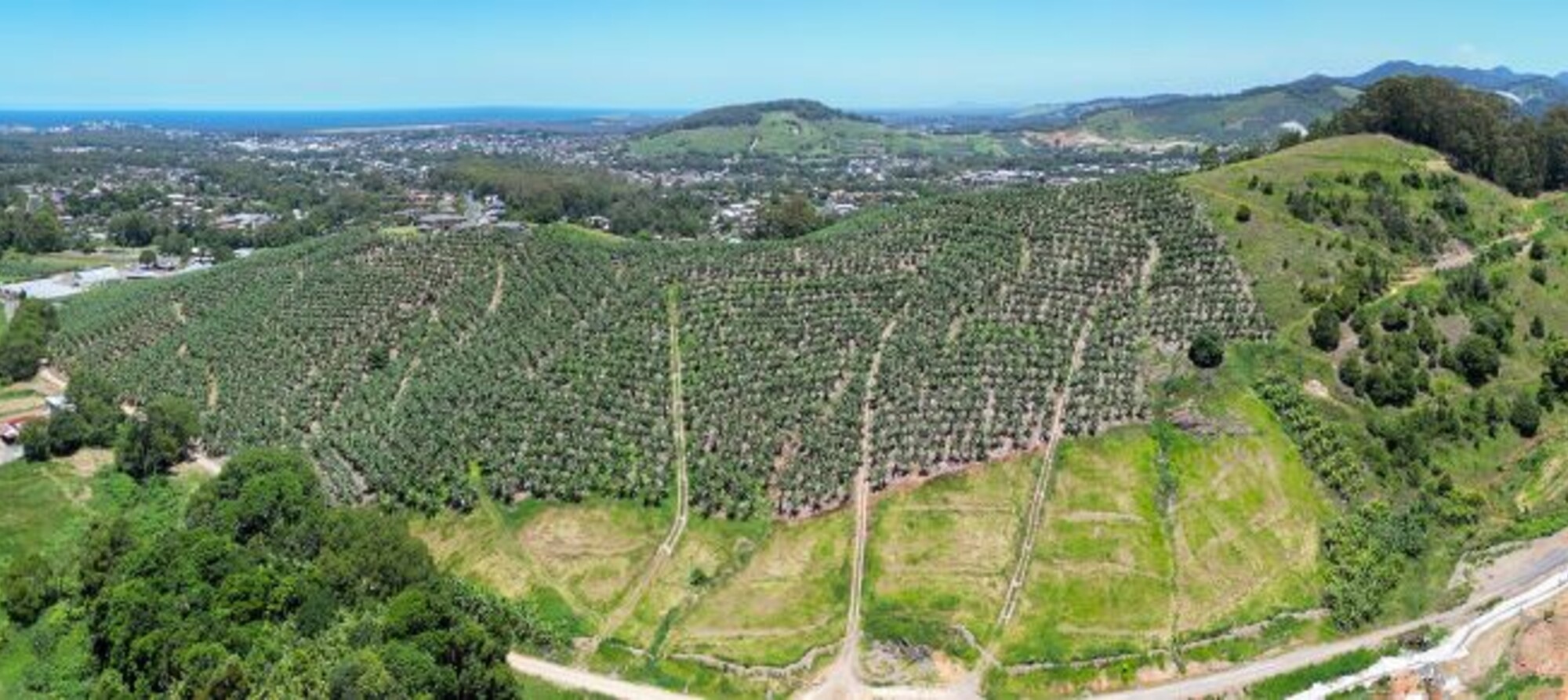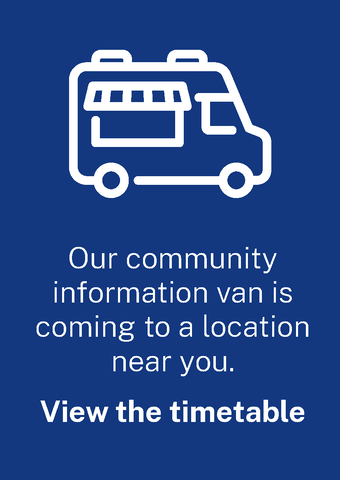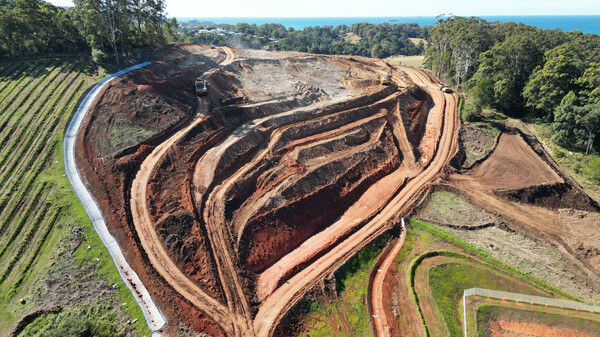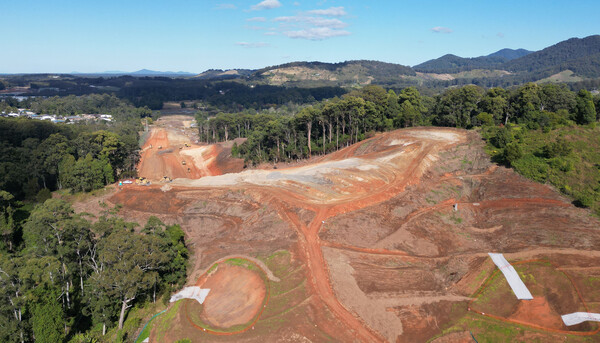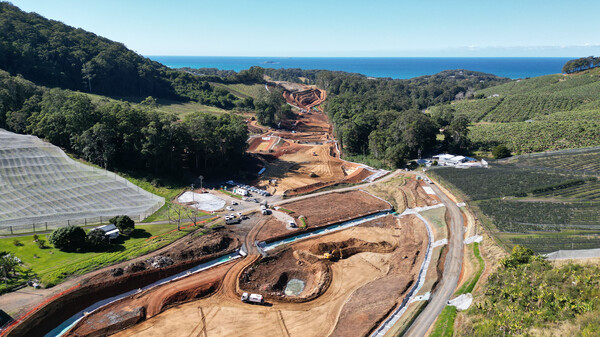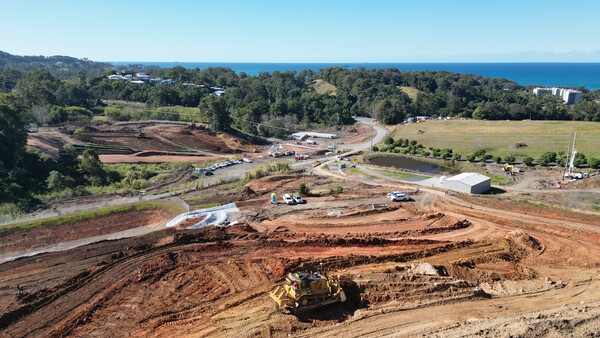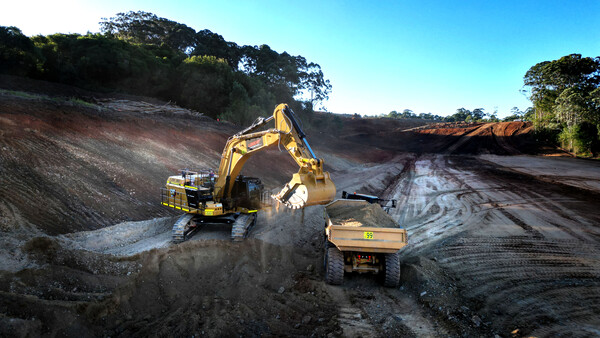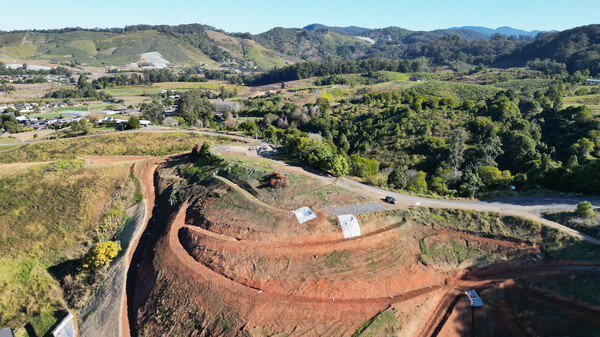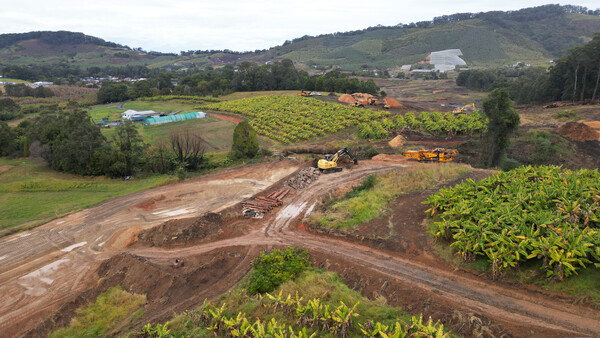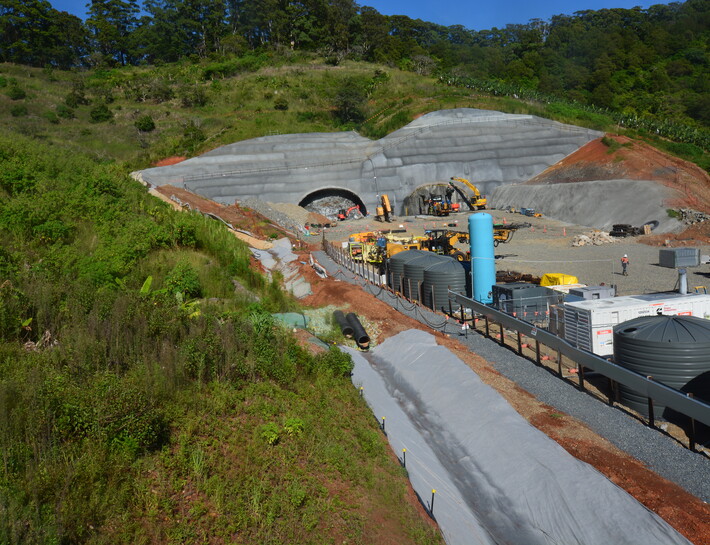Closing the right turn into Solitary Islands Way from the Pacific Highway, Sapphire Beach
The right turn from the Pacific Highway into Solitary Islands Way at Sapphire Beach will be permanently closed from Monday 15 April.
Motorists wanting to access Sapphire Beach from the northbound carriageway of the Pacific Highway will need to use the Sapphire Beach Interchange, about 2 kilometers north.
Around the same time, Pacific Highway traffic will be shifted slightly east, allowing the team to build the new western lanes for the bypass. View the notification for this work here.
Helping you manage your journey
We understand traffic changes are disruptive for road users and appreciate your patience during construction of the Coffs Harbour bypass.
Conditions are continuing to change in the area, so we are asking motorists to please ACT:
Be aware: Keep up to date with the project and the latest traffic changes.
Be cautious: Follow signage, drive to the conditions, and follow the direction of traffic control.
Allow more time: Access arrangements will continue to change. Plan for minor delays and be patient on the road.
Please subscribe to our email list to keep informed about traffic changes and help you plan your journey.
February Report Card
The Coffs Harbour bypass team has released the latest quarterly report highlighting progress of key milestones and how we are tracking for earthworks, structures, concrete and controlled blasting. Also featured are stories on the environment and community engagement and some pictures of the team and work in progress.
Community engagement survey results snapshot
In November 2023, the Coffs Harbour bypass project team released a community engagement survey to get your thoughts on our construction and engagement activities.
Thank you to the more than 350 people who responded. Your feedback is important and will help us improve our communications activities to ensure you are getting the information you want and need. Please read our snapshot report for a summary of the findings. The next survey will be released in May 2024.
Draft Place Design and Landscape Plan – consultation period now closed
The Coffs Harbour bypass project team released the draft Place Design and Landscape Plan for public consultation on Monday 4 December. The consultation period ran to Friday 22 December and is now closed. The project team is preparing a consultation summary report covering key themes from the feedback received and this will be released in early 2024. As part of this process, the draft report will be finalised and issued publicly.
Available fact sheets
Fact sheets for the Coffs Harbour bypass provide detailed information on our construction activities and procedures. Each fact sheet has been produced to help inform how we are building the bypass with safety, environment, and community in mind. View our available fact sheets below:
- Coffs Harbour bypass - Tunnelling
- Coffs Harbour bypass - Temporary concrete batch plant
- Coffs Harbour bypass - Vegetation removal
- Coffs Harbour bypass - Controlled blasting on the Coffs Harbour bypass
- Coffs Harbour bypass - Traffic safety
- Coffs Harbour bypass - dust and air quality management
- Coffs Harbour bypass - new plant species
- Coffs Harbour bypass - Asbestos management
- Coffs Harbour bypass - White Booyong Fig Subtropical Rainforest
- Coffs Harbour bypass - Bored piling for bridges
- Coffs Harbour bypass - Good neighbour
- Coffs Harbour bypass - Safety in construction
- Coffs Harbour bypass - Construction noise and vibration
- Coffs Harbour bypass - Bridge building
- Coffs Harbour bypass - Water management
- Coffs Harbour bypass - Bulk earthwork


